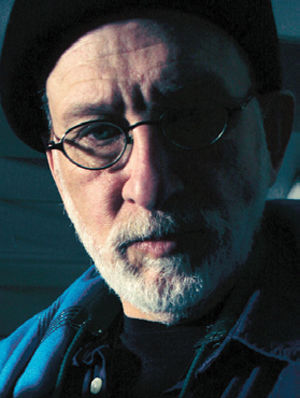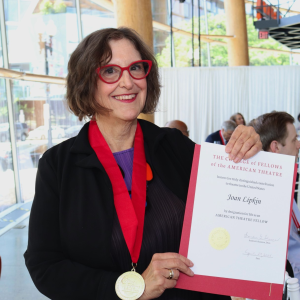Black fire on white fire
Published November 15, 2017
This week, I encounter the first use of one of the greatest words of Torah.
Rebecca is in distress over the twins wrestling within her. She expresses a pure sentiment of agony and goes to lidrosh of God (Genesis 25:22). Let’s leave that word untranslated for a moment; these are ancient texts and reading or listening from our comfort zones in the far future, all translations are interpretations. The text was not passed down with a dictionary. Even if it was, it would be a dictionary based on interpretation of basic root forms and context. It’s as much a matter of how a word means rather than what a word means.
It’s a matter of interpretation or the interaction of listener-reader and text. In that relationship, a number of meanings rise, and so the text (all language) is elastic, not just poetry. Prose, too.
This word lidrosh, for instance. What is Rebecca posing to God here, reading from context, from what the story suggests? Does she want an explanation, a setting for her suffering. Does she want an outcome? Is she asking for meaning through her suffering? Is she making a request of God, or is she expressing her feelings? Notice there is no “just” in that previous sentence; to express herself in those moments of suffering might be quite enough.
Some of the translations interpret the text this way: [King James] she went to inquire, so too [Jewish Publication Society 1917], she went to consult God [Douay-Rheims], she went to the yeshivah (study hall) of Shem [Targum Yonatan, Aramaic translation], she asked some prophet maybe Abraham because he hadn’t died yet [ibn Ezra].
She goes to the yeshivah becauselearning is oracularfor us, all learning, she is the paradigm — as she did, so do we — if it’s meaning for her suffering she is inquiring about, our way is to go to the study house because for us learning is a decent response to suffering. What to do when you don’t know what to do? Learn something new. Note that one gets process as a response to suffering not content. Content will rise with the process.
The root of lidrosh will give us in noun form midrash, a form consisting of engagement with sources to lift up nuance and meaning and elasticity in our holy texts. My favorite image of texts is the black fire on white fire image, based on Deuteronomy 33:2.At God’s right hand was a (what follows is a mystery word of Torah often parsed as esh dat) fiery law to them.
If it’s fire, this text, this Torah, what kind of fire is it? Rabbi Simeon ben Lakish said: The Torah given to Moses was written with black fire on white fire, this from the Jerusalem Talmud.
Black fire on white fire, the letters black fire, the white fire everything else. The text and its interpretations, the word and its translation, all translations are interpretations, all interpretations belong to the white fire. It’s all over fire: text and commentary, the literal and nonliteral, rooted source and its interpretations.
So you ask yourself, you who dialogue with texts, you pick up the text tenderly, kiss it when you open it, kiss it again when you let it rest, it is of ultimate significance this text, and where are you in relation to it? Do you live in the black fire, or do you live in the white fire, shape shifting, shadows and nuance and a multiplicity of meanings. It’s all over fire. In design, the space around what you are imaging is just as active as the thing itself.
I leave you here with several images: floating in the sea of Talmud where the image of black fire and white fire ignites in the imagination, the cadence of the sea — this is a sea you do not swim you float.
This study house, it’s nice but it’s not about buildings; it’s safe, oracular, it gives meaning when you need meaning. You also get a community of like-minded people who know where to go for what they need when they might need it the most.
Look around, you went swimming in the sea and bumped into someone you know.
Rabbi James Stone Goodman serves Congregation Neve Shalom and is a past president of the St. Louis Rabbinical Association.















